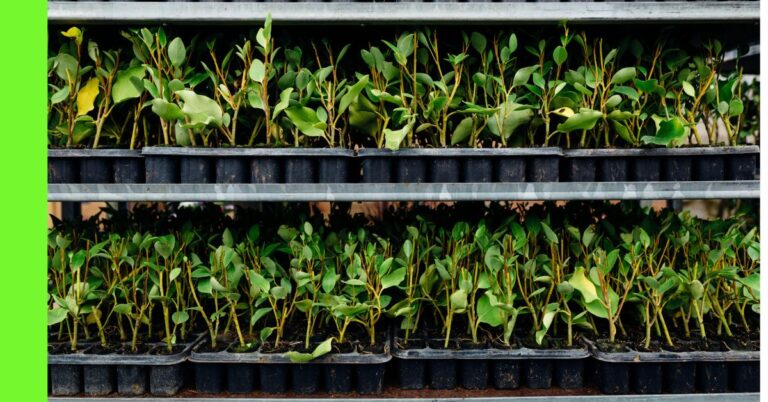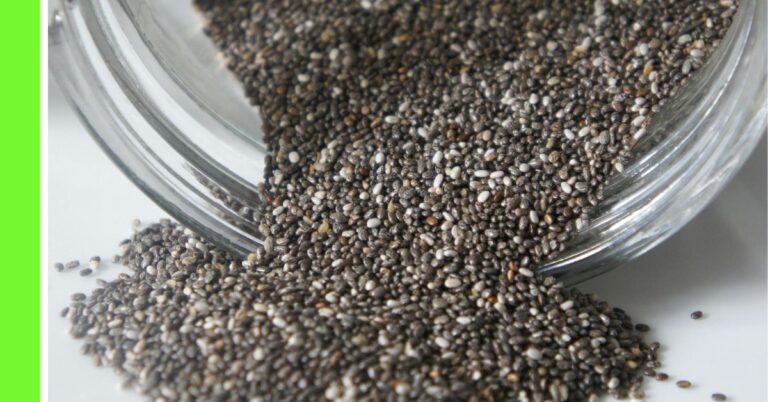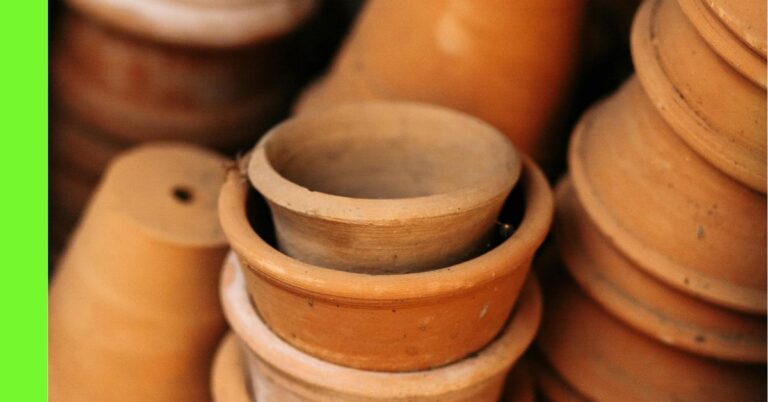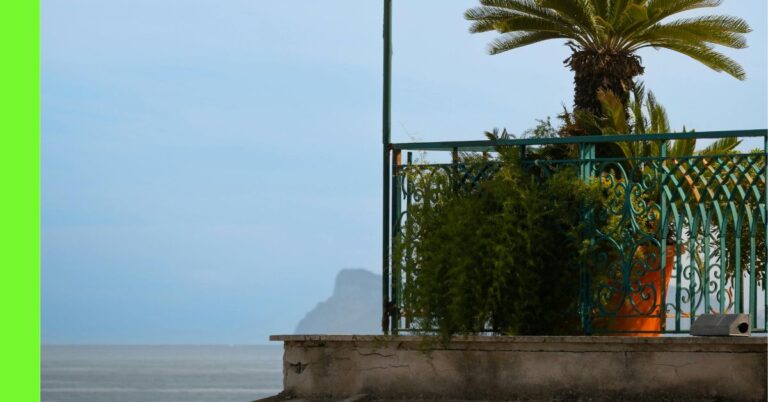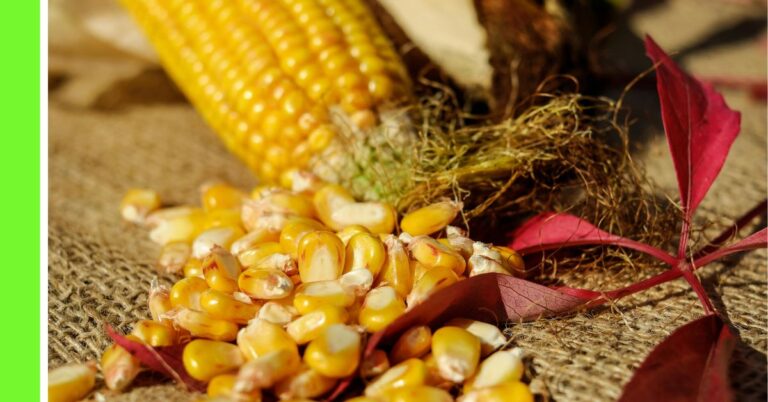Are You New To Gardening See 10 Things To Consider
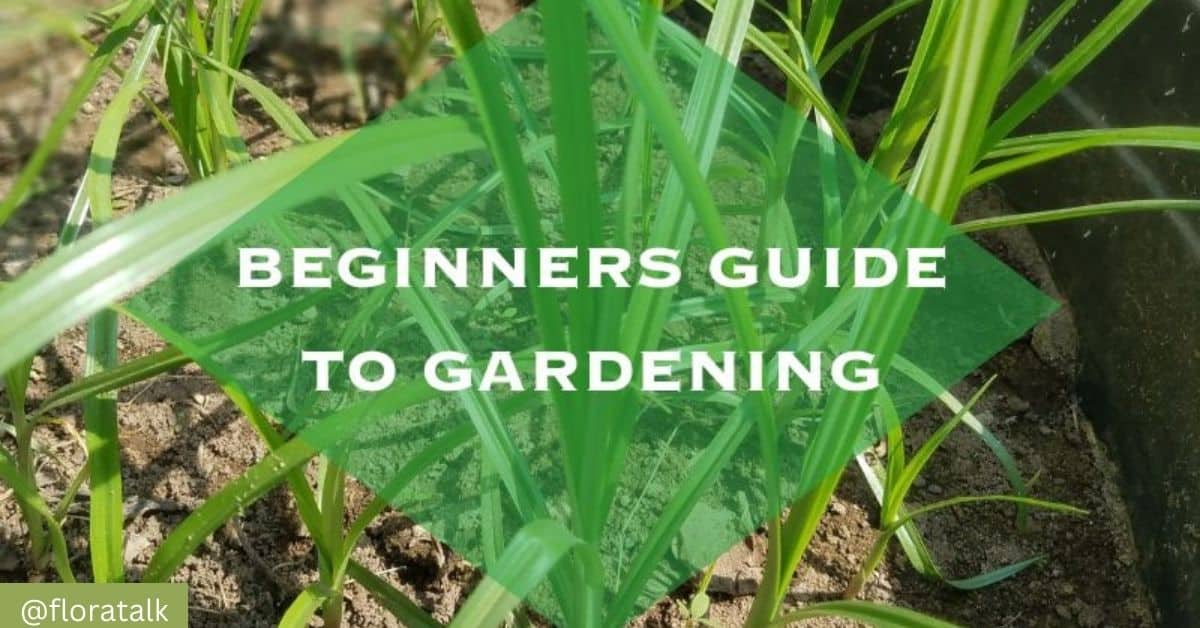
Are you new to gardening or considering whether to start up a garden?
Is your mind made up that this is what you would like to do?
If your answer is yes.
Then this is for you,
I am sharing in this article some of the things you need to have in mind before starting a garden.
First let me welcome you to the gardening family,
you are on the right path, whatever your motivation is to start a garden.
Before starting a garden certain things must be in place and planned like every other venture.
Let’s get straight to it.
Here are the things you should know.
1. Climate Zone
What’s the climate in your area?
If it’s something you are not familiar with you need to find out what zone you are in.
Why is this important?
This helps you to understand planting seasons,
when you have dry and wet seasons.
When do we have the rains, can I depend on the rain or do I need to plan for irrigation?
In Nigeria we have three major climate zones.
They are the:
Tropical monsoon in the south
Tropical savannah for central regions
Sahelian hot and semi-arid climate in the north
Tropical monsoon climate is predominant in the southern part of Nigeria.
The rainy season is between March to October and the dry season is between November and February in this climate zone.
States in the south east, south south and south west fall under this category.
Tropical savanna climate is predominant in the central regions or middle belt states in Nigeria.
The rainy season in this zone is between April to September and dry season from December to March.
The Sahelian hot and semi-arid climate predominates in the northern part of Nigeria.
The rainy season is between June and September.
The rest of the year is hot and dry in this zone.
States in the north east, north central and north west fall under this category.
Once you have a good understanding of what climate zone you are in,
it’s easy to plan out what your planting schedule for the year would be, you know when to plant what..
2. Location
Next is to decide where to locate your garden.
There are several thing to know to enable you select the best location for your garden,
it’s not enough to use a free space,
Let’s look at them.
a) Sunlight: In choosing a location for your garden try locating your garden where you have a good amount of sunlight,
at least eight hours of sunlight everyday.
b) Size of Garden: Choose a location that gives you the amount of space you need for your garden and allows for expansion if need be.
c) Free from Harm: Locate your garden where it is free from harm most especially animals such as dogs, goats etc.
If necessary, fence the garden to protect your plants from harm.
d) Avoid Waterlogged Area: When selecting a location for your garden avoid areas that are prone to waterlogging
so that you don’t lose your plants to water.
Areas prone to waterlogging can be sand filled.
e) Visibility: As much as possible place your garden in a place where it is visible to you everyday,
this will help remind you to water, weed and harvest more, place them in a place you use or pass daily.
3. Soil
Having selected a location to grow crops, what kind of soil is there?
Consider the type of soil present in your garden.
There are different types of soil and not all soils are good for planting otherwise,
the attention or effort you put into your garden will bring no good result if your plant does not get the proper nutrients from the soil.
Not everyone has the rich loamy soil every gardener wishes for,
If this is what you have bravo,
And if you do not have loamy soil in your garden not to worry there is a way out.
If your soil is not good for gardening you can buy some soil and place it in your garden or improve the soil in your garden
If you are growing in containers you will also need to fill the containers with soil as well,
common soil type around us are:
Sandy soil has a large amount of sand and little clay.
This soil type drains very when watered and does not keep water, sandy soil is low in nutrients.
It has a coarse texture.
Clay soil is heavy, it retains water making it undesirable on waterlogged areas, it’s a fertile soil.
It has a sticky texture.
Silt soil holds moisture better than sandy soil, it is fertile and drains water in moderation.
It has a smooth texture.
Loamy soil is a soil type that comprises clay, sandy and silt soil, this soil is well drained, loamy soil can be clay loam or sandy loam soil.
This soil is the best type of soil for gardening in most cases.
Soil pH
Another important aspect of soil type is the pH (acidity or alkalinity),
This will also affect the type of plants you can grow and how you manage your soil.
Soil improvement
You can also enhance your soil organism to create space for water and air to flow and roots to grow and holds moisture,
shredded leaves are the cheapest way to amend your soil, you can also use homemade compost or buy organic compost.
You can get improved potted soils from farm stores both physical and online stores.
4. What to grow
Before you start up a garden you need to ask yourself this question and give an answer to it.
What do I want to grow in my garden?
You can have too many options and not finding it easy to decide, especially when doing this for the first time,
the best way to give yourself an answer is to ask yourself what crop you eat or use most.
Planting crops that you will eat or use keeps you more interactive with your garden.
You can get too busy and it becomes easy for you to walk by plants and leave them unattended.
If you have to cut a few leaves a few times in a week you would take better care of them.
Next from these crops you will like to eat or use be sure they grow well in your environment,
some crops do better in some locations than others.
Also plant easy to grow crops,
This would help to encourage you and remove the frustration that one can experience when gardening.
Once you have decided what plants you would love to grow, the next thing is to get a better understanding of the crop and how they are grown.
5. Seed Availability and Means of Propagation
You need to decide how you want to grow your food.
First you should have a proper understanding of how to propagate the crop either from seeds, stem, suckers etc.
For example tomato is grown from seed, cassava is grown from stem, plantain is grown from suckers.
Once you know how to grow a crop you can source for the seed, stem or sucker.
Horticulturist or plantsmen grow crops from seed, sucker or stem to the point when they are ready for transplant.
Those plants ready for transplant are seedlings
You can consider growing some of your crops from seedlings instead of seeds.
This helps to ease the stress of propagation from seed for crops that need much care or skill.
This guarantees a better level of success, especially when you are doing it for the first time.
Tomatoes can be a bit tricky when trying it out for the first time,
you can start with seedlings rather than grow them from seeds.
Although many vegetables are easy to grow from seed,
making it simpler and a more affordable choice in many situations.
6. Availability
Seeds and Seedlings: Be sure that seeds, seedlings of what you want to plant are available in the community / area where you live,
get seeds from garden store, in the market or from neighbors it all depends on what you want to grow,
you can get seeds of vegetables like Ugu (Fluted Pumpkin), Green (Amarantus), Okro, Corn, Pumpkin (ugbogoro) from the market.
Tomato, cucumber, pepper, onions you might have to visit a garden store for that.
Get seedling from garden stores and horticulture shops.
7. Basic Garden Tools
When starting a garden for the first time you need a few tools,
although there is no end to the amount of gardening tools you can use,
as the garden increases in size or as you wish you can get more tools.
These are basic tools you should have;
For container gardeners: you will need containers, a watering can and a small trowel.
Planting on the ground or Raised beds: watering can or hose, trowel, shovel or spade, hoe, rack.
Learn more about these basic gardening tools.
8. Support System for Crawling Plants
Plan for a support system like trellises, bamboo sticks, cage for crawling or climbing plants,
some examples of this kind of plants are beans, cucumber, ugu (fluted pumpkin), cucumerina (snake tomato), tomato and pepper.
9. Watering System
Plants should receive at least an inch of water each week so decide how you would like to water your plants.
Do you want to use a watering can, hose, sprinklers or soaking hose?
If your area has lots of rain and you are planting during the rainy season you don’t need to water always.
If you are planting in the dry season or you live in the northern part where we have less rain you would have to plan for irrigation.
10.Garden Approach
Decide how you want to grow your garden.
You can have your garden using containers, raised beds or plant on the ground, decide which approach works best for you.
If you do not have a lot of space you can use containers, they can help you create a productive garden right on your balcony.
The Right Attitude
Do you have the right attitude?
You need the right attitude as a gardener to be successful.
As gardening is a long time commitment.
You have to have it in mind that you are going to fail at different point in your gardening journey.
But a positive attitude will keep you through this time.
Be open minded, don’t be rigid.
Find out what works for you, don’t be a slave to any method
Make plans for your garden, long and short term plans a garden planner can help with this.
Learn from other gardeners.

